Stuffed puppies, smart birds and self-healing robots
24 things we learned in 2022
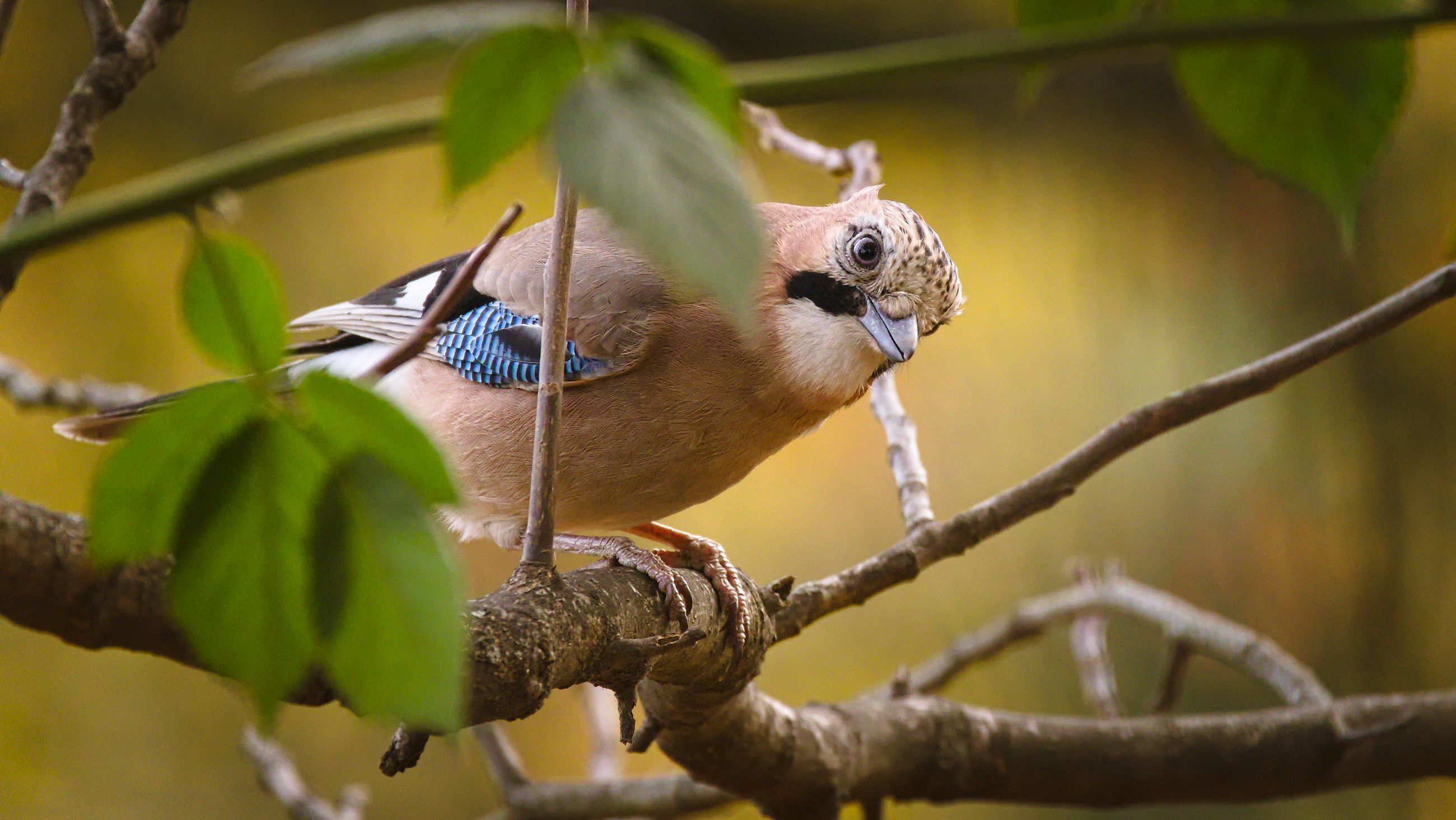
1. Mexican frogs are REALLY small
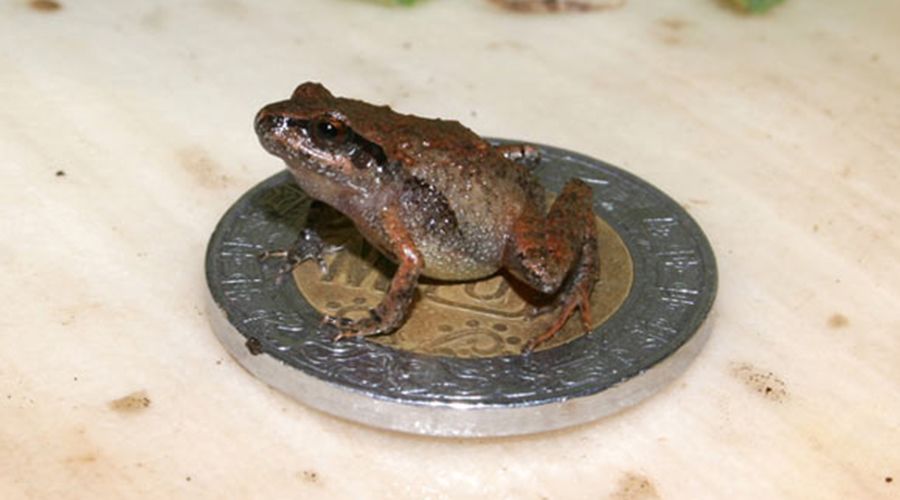
Craugastor cueyatl on a Mexican coin (Jeffrey W. Streicher)
Craugastor cueyatl on a Mexican coin (Jeffrey W. Streicher)
Scientists (presumably searching very hard) discovered six new species of frog the size of a thumbnail in the forests of Mexico. One of these has earned the distinction of being Mexico’s tiniest frog.
“These frogs potentially play a really important role in the forest ecosystem,” said Tom Jameson from the Department of Zoology. “We need to make sure that they don’t just get wiped off the map because no-one even knows they’re there.”
Now, where did we put them?
2. The University Librarian received the greatest Easter gift ever...
When the University Library announced in 2020 that Charles Darwin’s notebooks, which included his iconic ‘tree of life’ sketch, were missing from the collections, no one could have predicted quite what would happen next.
The notebooks were returned anonymously to the Library on March 9 this year, in good condition, with no obvious signs of damage. They were in a bright pink gift bag addressed to the University Librarian with the printed message:
Librarian
Happy Easter
X
3. ...But in 1859, Australia got (possibly) its worst Christmas present ever
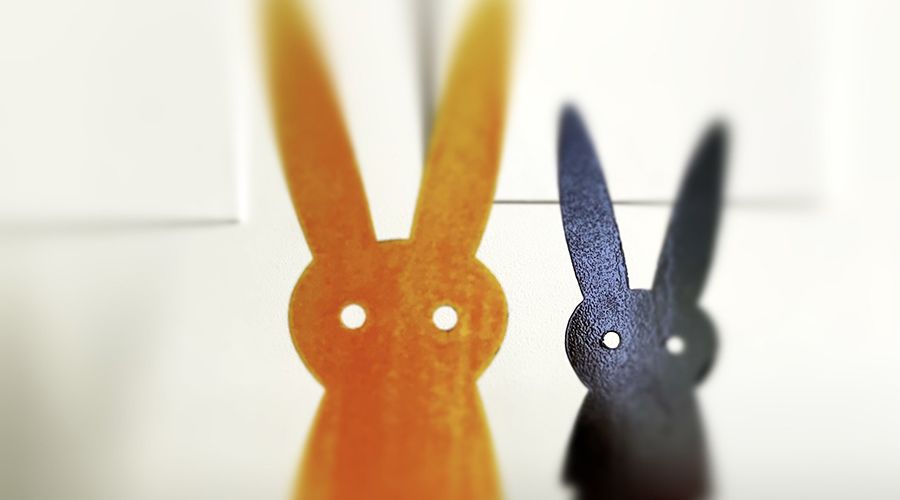
Mr Rabbit (C. R. Strebor)
Mr Rabbit (C. R. Strebor)
When a containment from England of 24 rabbits arrived in Melbourne on Christmas Day 1859, Australians could be forgiven for finding them adorable with their cute little fluffy tails.
But things would soon change.
Within 50 years, rabbits had spread across the entire continent (at a rate of 100 km per year), making this the fastest colonisation rate for an introduced mammal ever recorded. Their spread continues to cause massive damage and is estimated to cost the agricultural sector $200 million per year.
4. Medieval monks were riddled with worms
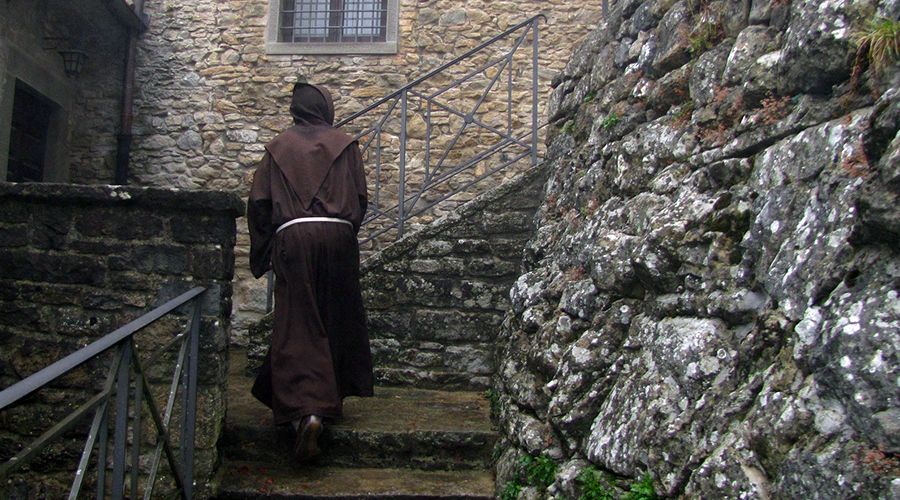
Franciscan monk (Pixabay)
Franciscan monk (Pixabay)
Despite having more sanitary facilities, medieval monks were almost twice as likely as ordinary working townspeople to have intestinal worms.
Standard sanitation in medieval towns relied on holes in the ground used for faeces and household waste. In monasteries, running water systems were a common feature, including to rinse out the latrine.
So why did the monks have this problem? The culprit may have been what they used to fertilise their vegetable gardens.
5. A terrifying monster might help your anxiety (if it doesn’t kill you first)
Being strapped to a chair in a dungeon with a blind monster sniffing around you might not seem the ideal way to learn how to calm your anxieties, but this is what one Cambridge researcher is trying.
After learning a breathing technique, you're plunged into this terrifying setting where you have to use everything you've just learned to keep your heart rate steady - or face death at the hands of the beast.
It’s virtual reality, of course. Presumably they couldn’t get ethical approval for the real thing.
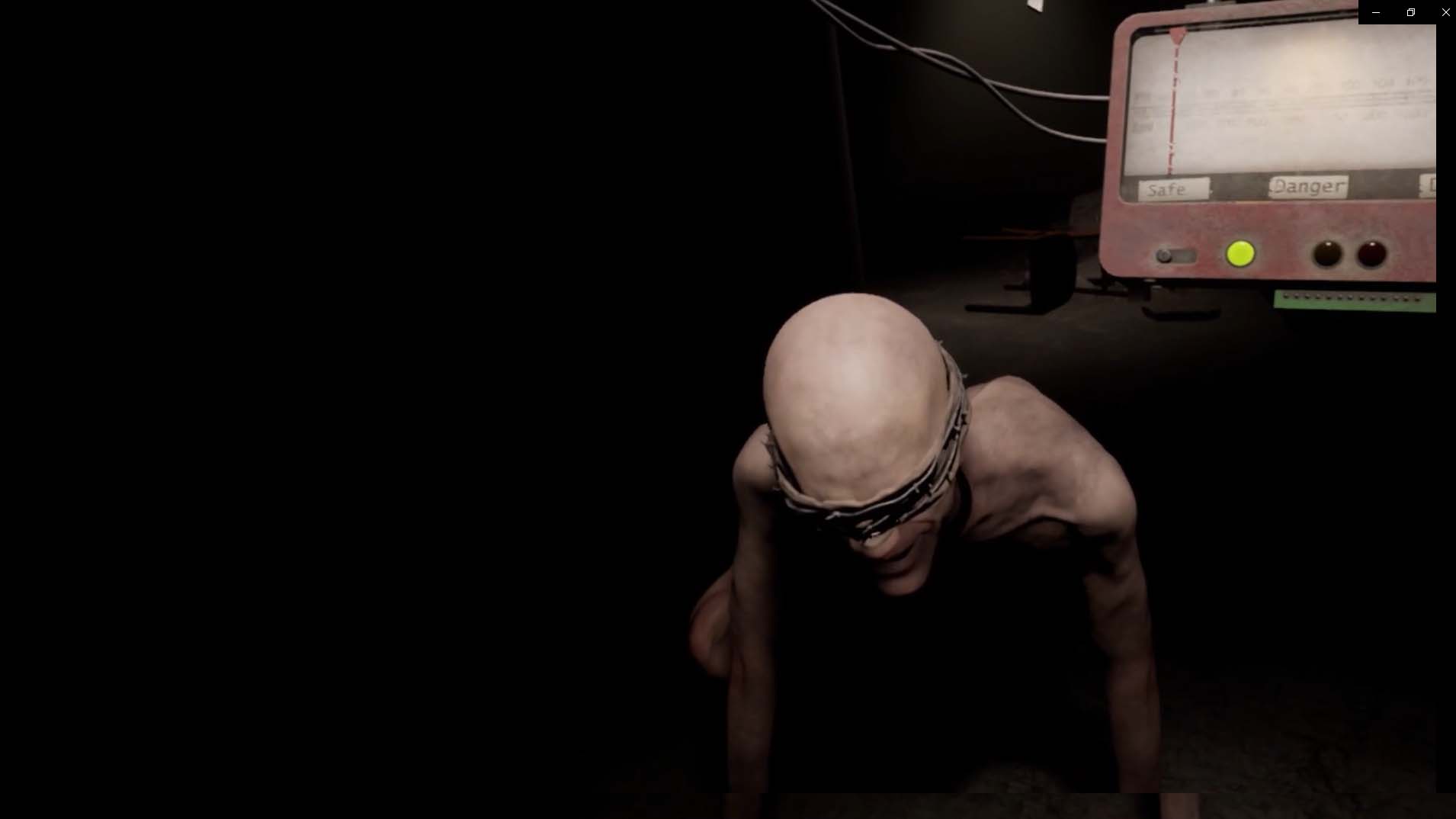
6. Bloomin' climate change is making our flowers appear early
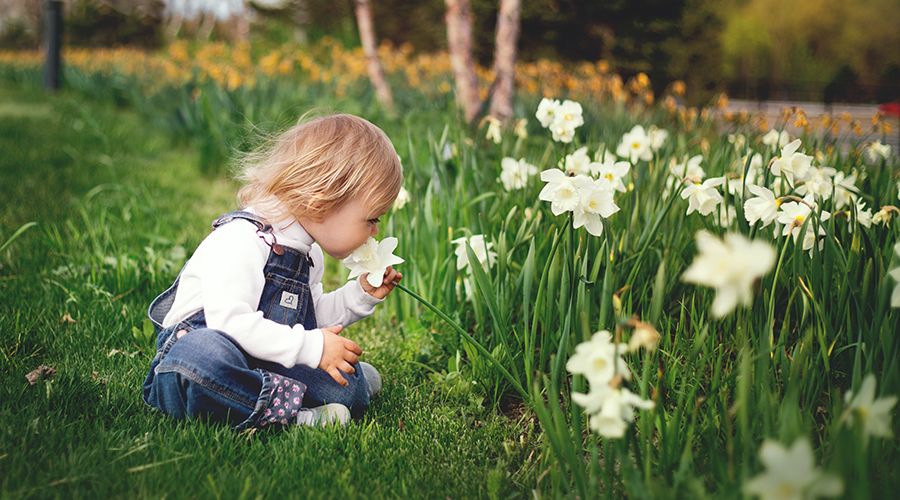
Girl sitting on grass smelling daffodils (Tetyana Kovyrina)
Girl sitting on grass smelling daffodils (Tetyana Kovyrina)
The first spring flowers are always a welcome sight and now they’re arriving earlier than ever.
But this isn’t a good thing.
Researchers say climate change is causing plants in the UK to flower a month earlier on average - and this could have profound consequences for wildlife, agriculture and gardeners.
7. Wordle's Americanisms have been swell for the Cambridge Dictionary
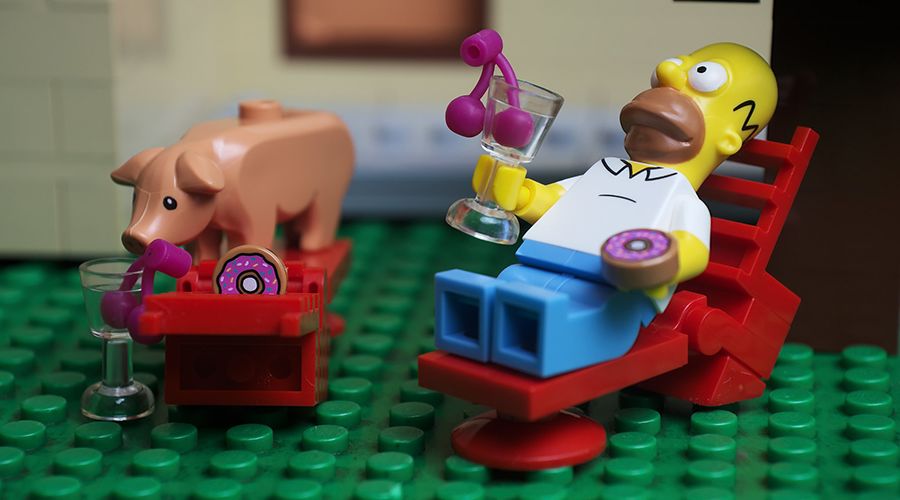
Lego Homer Simpson relaxing (Reiterlied)
Lego Homer Simpson relaxing (Reiterlied)
Since its launch last year, Wordle has been a massive hit among puzzle-lovers. But is has occasionally caused outrage here in Britain (the home of English) for its occasional spelling mistakes (or American English, as some call them).
One of these was homer. This word’s appearance caused a spike in searches in the Cambridge Dictionary. And no, it has nothing to do with the Simpsons.
8. The US Army used sex to recruit men for WWI
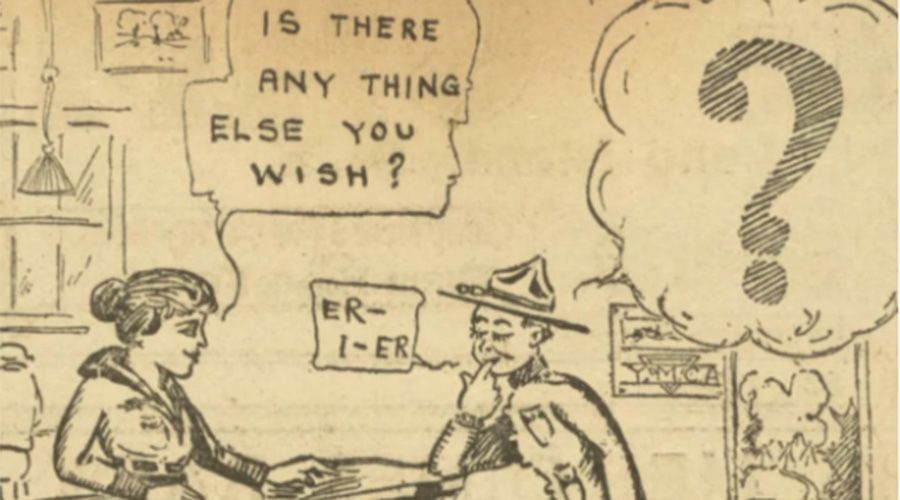
A YMCA worker leaves a soldier speechless in Trench and Camp cartoon (1918)
A YMCA worker leaves a soldier speechless in Trench and Camp cartoon (1918)
What better way to motivate young men to fight in an unpopular conflict in Europe than to tease them with the promise of sex?
Powerful figures in America’s War Department believed that stimulating and then frustrating a soldier’s sex drive could boost his motivation.
This story went viral and proved to be one of our website’s biggest hits of the year – with over 75,000 unique page views.
9. We can grow blood in the lab...
Our researchers are taking part in the world’s first clinical trial of red blood cells that have been grown in a laboratory for transfusion into another person.
If it’s successful, it will mean patients who currently require regular long-term blood transfusions will need fewer transfusions in future.
10. ... And we can grow mouse ‘embryos’, too
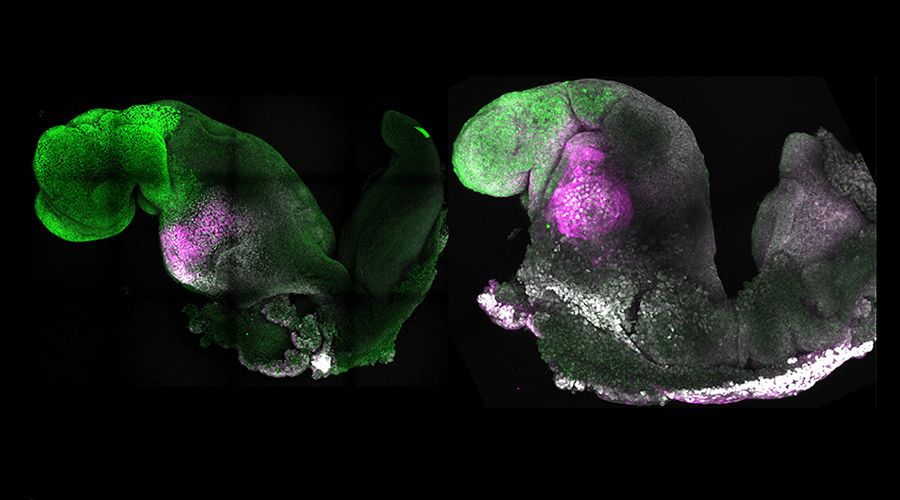
Natural (left) and synthetic (right) embryos to show comparable brain and heart formation (Gianluca Amadei and Charlotte Handford)
Natural (left) and synthetic (right) embryos to show comparable brain and heart formation (Gianluca Amadei and Charlotte Handford)
Cambridge scientists have used stem cells to grow synthetic mouse embryos that have a brain and beating heart.
It’s a very cool bit of science that will help us understand the first stages of life and why some embryos fail while others go on to develop into a healthy pregnancy.
11. Bronze Age romantics may have been responsible for the spread of the cold sore
The first ancient herpes genomes to be sequenced suggest that the cold sore virus became widespread with Bronze Age migrations into Europe.
Prior to this, the virus mainly passed from mother to child, but it seems those Bronze Agers enjoyed a bit of canoodling - and this may have led to the virus becoming more widespread.

12. Stuffing a puppy with snails and sage and roasting it over a fire can cure gout*

Puppy in a bucket (Scott Beckner)
Puppy in a bucket (Scott Beckner)
Medieval medicine has come under the spotlight in Curious Cures in Cambridge Libraries – a new two-year project to digitise, catalogue and conserve over 180 medieval manuscripts.
Among the delightful and extremely dubious remedies for gout are salting an owl and baking it until it can be ground into a powder, mixing it with boar’s grease to make a salve, and rubbing it onto your body.
*Please check with your doctor before changing your medication.
13. Robot chef's omelettes taste better than they look...
Cambridge researchers have trained a robot chef to taste its food and add extra seasoning as it goes.
They had previously taught the robot how to make an omelette. Now, they've trained their chef to check the saltiness of a dish at different stages of the chewing process (in reality, the team put the food in a blender to imitate the process in humans).
The end product may not look particularly appetising, but at least it's seasoned to perfection.
14. ... But Anglo-Saxon BBQs were fit for a king...
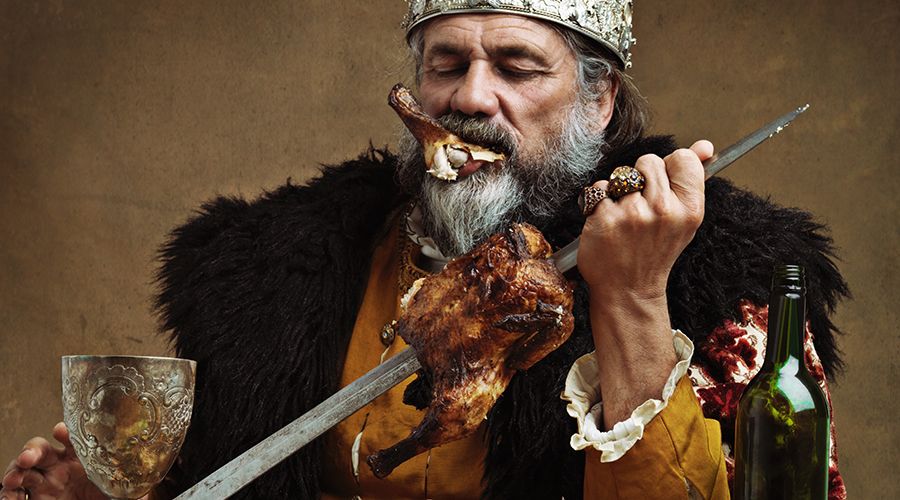
A king feasting alone in a banquet hall (Yuri_Arcurs)
A king feasting alone in a banquet hall (Yuri_Arcurs)
Few people in England ate large amounts of meat before the Vikings settled and England's early medieval kings were mostly vegetarian.
But when it came to entertaining their monarch, peasants would put on a lavish feast. And just like every BBQ you’ve ever been to, there would have been ludicrous amounts of meat served there. From one food list, researchers estimated that each guest would have received 4,140 kcal from 712g of meat, 300g of fish, cheese, honey and ale.
There are no records of how much Gaviscon they ordered.
15. ...While the Catholic diet is kinder to the environment

Sign for the Church of Fish and Chips (Michael Coghlan)
Sign for the Church of Fish and Chips (Michael Coghlan)
Around the time of these lavish meat feasts, 9th century Pope Nicholas I instructed Catholics to abstain from eating meat on Fridays in memory of Christ’s death and crucifixion. His flexitarian approach may have been ahead of its time.
In 2011, the Catholic bishops of England and Wales called on congregations to return to meat-free Fridays. Even though only around a quarter of Catholics changed their dietary habits, this still saved over 55,000 tonnes of carbon a year.
16. Taylor Swift linguam Latinam in schola docet*
How can you make Latin more appealing to students?
A new guide suggests that students would comprehend Latin better if they had the chance to speak, sing, perform or write creatively in it, rather than just learning vocab and grammar, and translating set texts.
Steven Hunt (Faculty of Education) described how students Latinised the chorus of Taylor Swift’s 'Bad Blood': Quod, care, nunc malum sanguinem habemus.
*Blame Google Translate if this is nonsense

17. It’s all downhill after your 29th birthday
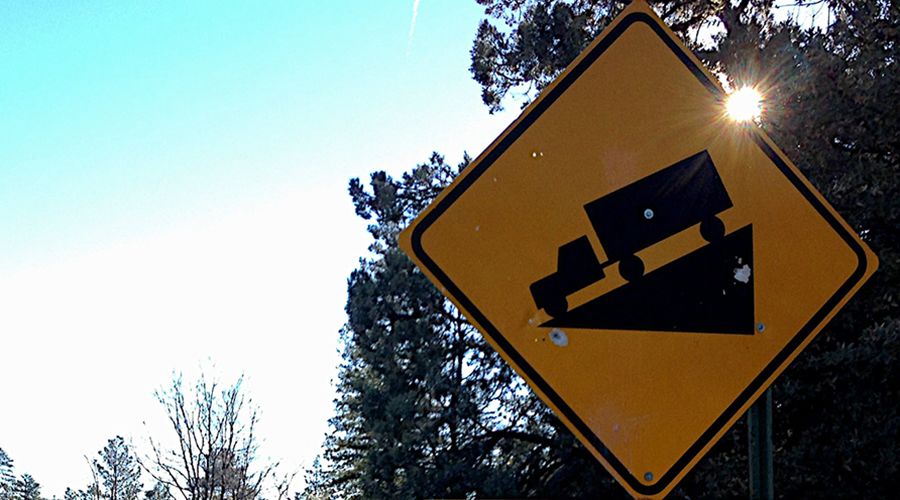
Going downhill fast (Alan Levine)
Going downhill fast (Alan Levine)
Researchers have created a series of brain charts spanning our entire lifespan – from a 15 week old fetus to a 100 year old adult. These charts show how our brains expand rapidly in early life and slowly shrink as we age.
Grey matter volume (our brain cells) peaks just before we’re six years old and then begins to decrease slowly. White matter volume (brain connections) peaks just before we are 29 years old.
So much for "Life begins at thirty".
18. The early bird doesn’t catch the worm
When Eurasian jays are given the choice between bread or cheese now or a worm (their favourite) later, the cleverer ones were able show self-control and hold off for their preferred treat.
If this sounds familiar, it’s because it’s a version of the famous marshmallow test given to you children at Stanford University.
19. Your next computer could be powered by algae
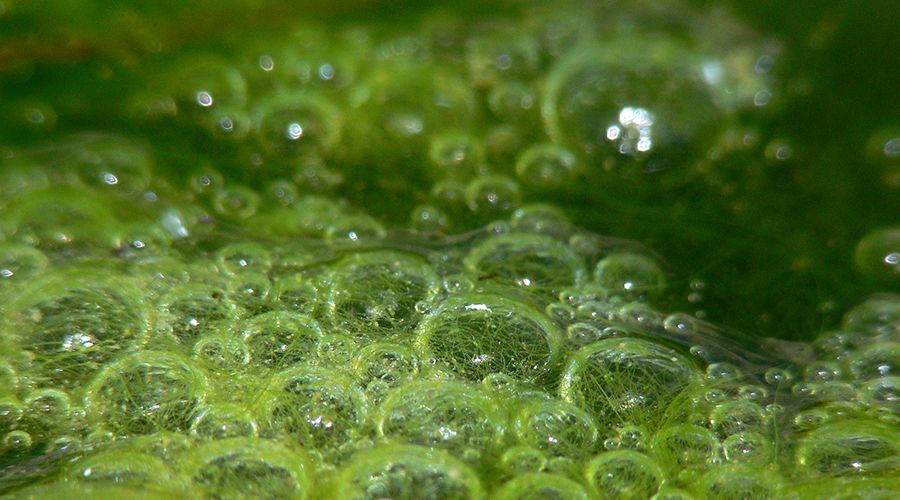
Bubbles in pond scum (Brad Smith)
Bubbles in pond scum (Brad Smith)
Researchers have used algae to power a microprocessor continuously for more than a year using nothing but ambient light and water. They say this could provide a renewable way to power small devices.
We wouldn’t recommend dropping your iPhone in a fish pond quite yet, though.
20. We still haven’t found life on Venus
There’s been excitement for decades that life forms might explain the weird chemistry in Venus’s clouds. It now looks like this is very unlikely.
“Even if ‘our’ Venus is dead, it’s possible that Venus-like planets in other systems could host life,” said Dr Paul Rimmer after raining on our parade.
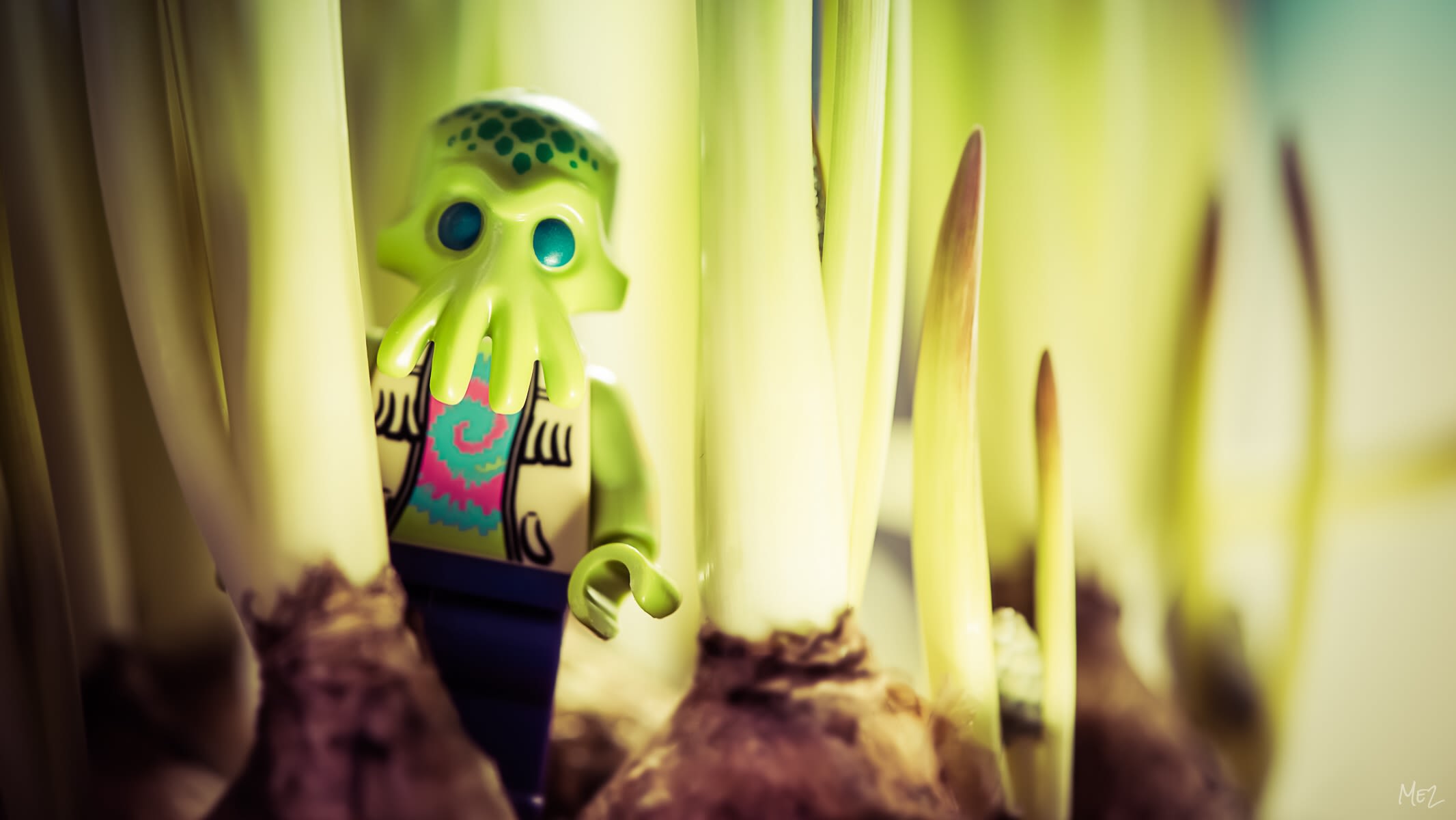
21. Robots will soon be able to heal themselves
Robot papercraft (Credit: Johnson Cameraface)
Robot papercraft (Credit: Johnson Cameraface)
Researchers have developed self-healing, biodegradable, 3D-printed materials that could allow robots to self-heal in the future.
These materials for robotic hands and arms can detect when they're damaged, take the necessary steps to temporarily heal themselves and then resume work – all without the need for human interaction.
22. We now know what the world looked like 2 million years ago
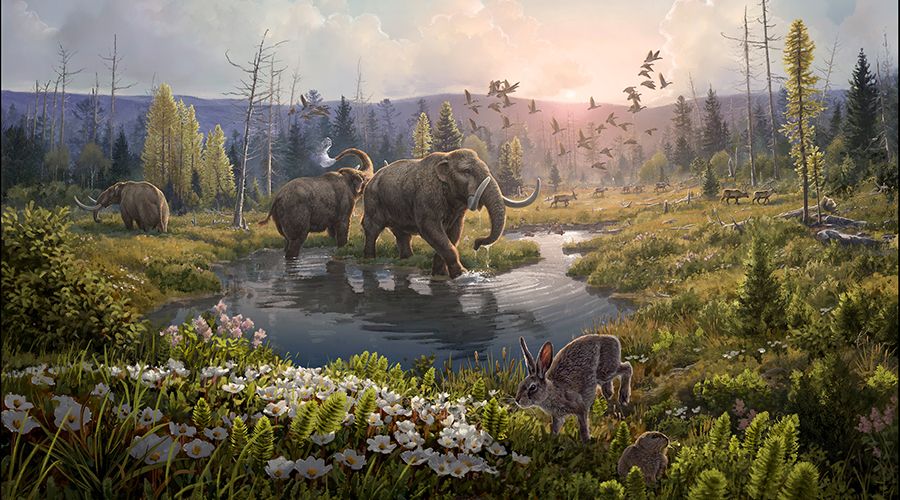
Artist's reconstruction of Kap København Formation two million years ago (Beth Zaiken)
Artist's reconstruction of Kap København Formation two million years ago (Beth Zaiken)
Incredible as it may sound, scientists have been able to paint a picture (both literally and metaphorically) of the world two million years ago. They did this by sequencing environmental DNA from samples found in Greenland.
The team found evidence of animals, plants and microorganisms including reindeer, hares, lemmings, birch and poplar trees - and even mastodon, an Ice Age mammal that they now know roamed as far as Greenland before later becoming extinct.
23. Seven hours of sleep is the sweet spot in middle and old age

Sleeping dog (mathey)
Sleeping dog (mathey)
If you’re in your middle age, you should aim for seven hours sleep, say researchers – too little or too much sleep is linked to poorer cognitive performance and mental health.
Whether that includes Christmas Day afternoon when you're too stuffed with turkey to move is not clear.
24. Naked mole rats live ten times longer than they ought to
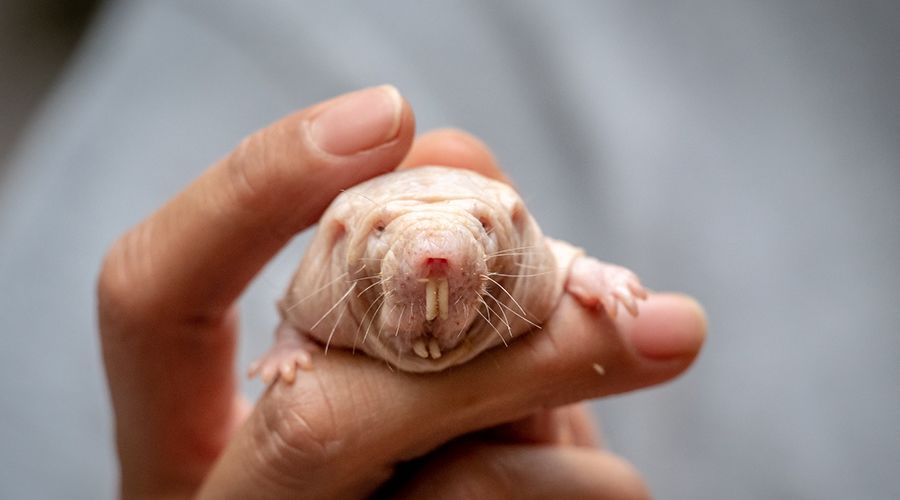
Naked mole rat (John Brighenti)
Naked mole rat (John Brighenti)
Naked mole rats are never going to win any beauty pageants, but what do they care? They rarely get cancer, don't feel pain from acid and have been known to live for 39 years (even though, based on their mouse-like size, they should only live to around three to five years).
Little wonder, then, that scientists study them to try to understand how we might live longer more healthily.
“I met a 37-year old naked mole-rat when I was 38. I had flashes of grey in my hair and wrinkles in my face, but the mole-rat looked great!” said Dr Ewan St John-Smith, barely containing his envy.
2021: Needle-free vaccines, super jelly and a bird-eating tortoise
2019: Pigeon slippers, Nobel weirdos and cakes at dawn
2018: Plucky underdogs, sausages in space and the winter that never ended
2017: Dodgy robots, fake news and smart sheep

Published on 19 December 2022
The text in this work is licensed under a Creative Commons Attribution 4.0 International License
